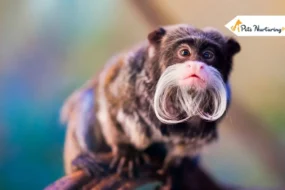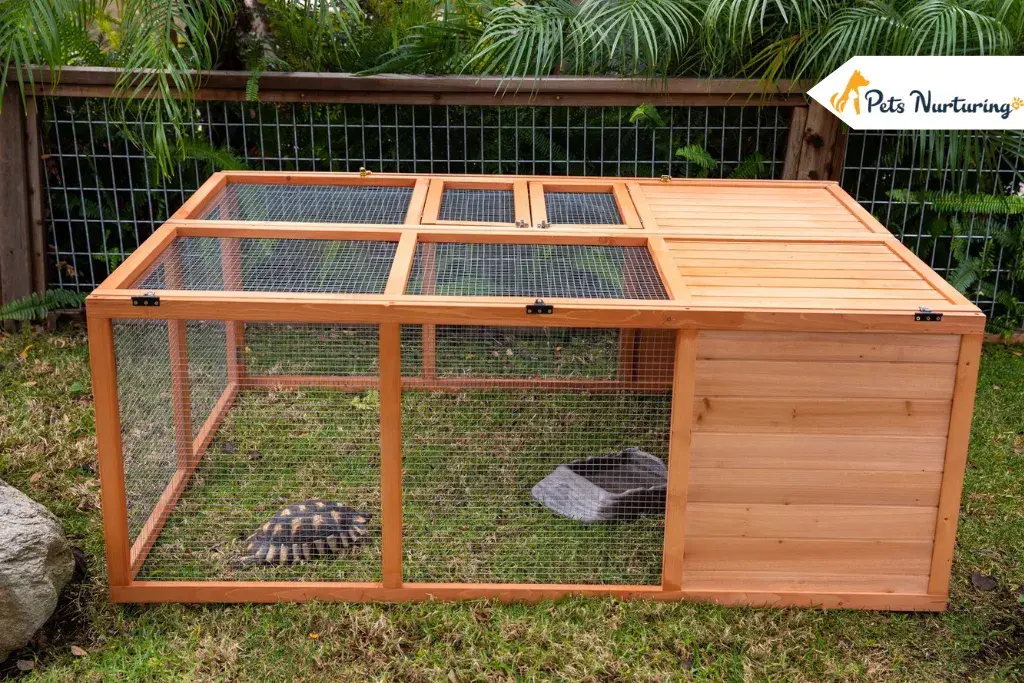
Do you know what is the plus point of getting home a tortoise? You won’t have to suffer from separation anxiety. Their lifespan is probably more than yours, i.e., 50-100 years. And they don’t shed, so you won’t have to worry about allergies too. But they aren’t as large as your furry friends, so they do need extra care. With this, your responsibilities also increase. The first thing to consider before getting it home is the tortoise house. Many parents consider keeping them in the open area, in an aquarium, or in the enclosure. But the best place for them to live in is the tortoise enclosure.
Why is it so? Aquariums tend to have tall sidewalls, which is good, but it has a very poor ventilation system. And the glass walls are like too much exposure for the tortoise. They prefer opaque walls and structures. If you have ever kept or seen a tortoise in an aquarium, you would have noticed how they keep pushing the glass and try to come out of it.
Turtles and tortoises are active animals who need extra space for roaming around. Getting them a tortoise enclosure is necessary. As they are captive animals, it is necessary to keep them in a space whose ambiance or atmosphere somehow resembles their natural habitat. And before building or choosing a tortoise enclosure, you need to know about the features to keep in mind for same. Following are the features you need to consider for a tortoise enclosure:
- 1. Size
- 2. Materials (Of Which Cage is Made)
- 3. Escape-Proof
- 4. Heat Supply
- How to Make an Indoor Tortoise House?
- 1. Cutting of Plywood
- 2. Flooring with Linoleum Liner
- 3. Add Substrate and Make a Place for Water
- 4. Build a Hiding Area
- 5. Create a Basking Space
- 6. Provide Enough Water and Food
- 7. Keep Space Clean
- Be Cautious About Keeping Multiple Tortoises Together
- An Ideal Tortoise Enclosure for Your Little Friend:-
1. Size
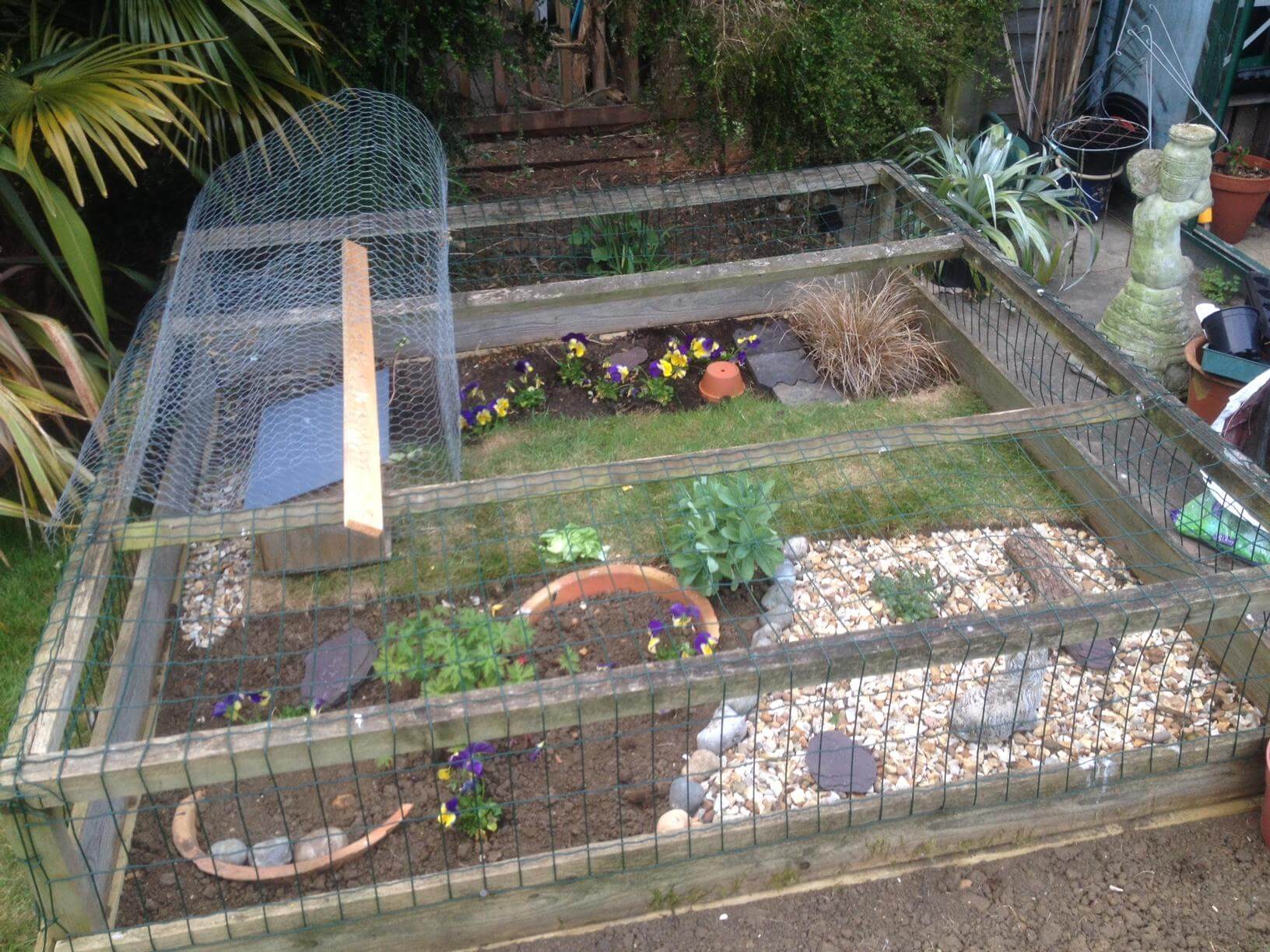
The foremost thing to consider while building or getting a terrarium is its size. The size of the cage should be according to the size of the tortoise. They need maximum space to walk around. For example, if your tortoise has a length of 12 inches, it will need a minimum enclosure of 9 feet x 9 feet.
2. Materials (Of Which Cage is Made)
Materials are to be checked before getting your hand on the tortoise house because of their specific needs of hiding places and enough heat. Wired cages are a strict no for the enclosure because there are chances that they will hurt themselves or tear up the cage.
The ideal material for the tortoise house is either plastic or wood. Plastic enclosures are suitable for small tortoises, while for adult ones, you will need a wooden cage as it will provide them with enough heat and space to walk around.
3. Escape-Proof
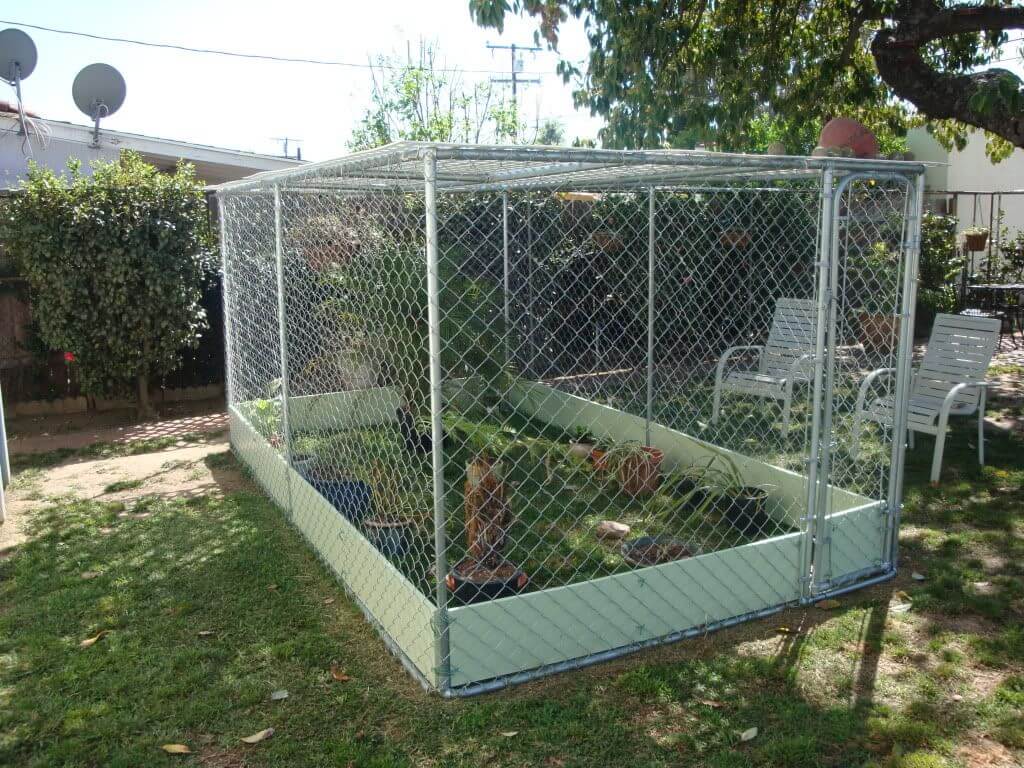
A tortoise has a habit of climbing, digging, and is an active walker. So you have to make sure that its home is escape-proof, in order to keep them safe from predators. Those cute little ones are damn tenacious and escapers. So be aware!
While constructing, make sure sidewalls are upright vertical, there shouldn’t be a slight slant also, or they will succeed in escaping. And make sure the height of the cage is double the tortoise’s length. If the length of your tortoise is 5 inches, then the height of the walls should be 10 inches minimum.
4. Heat Supply
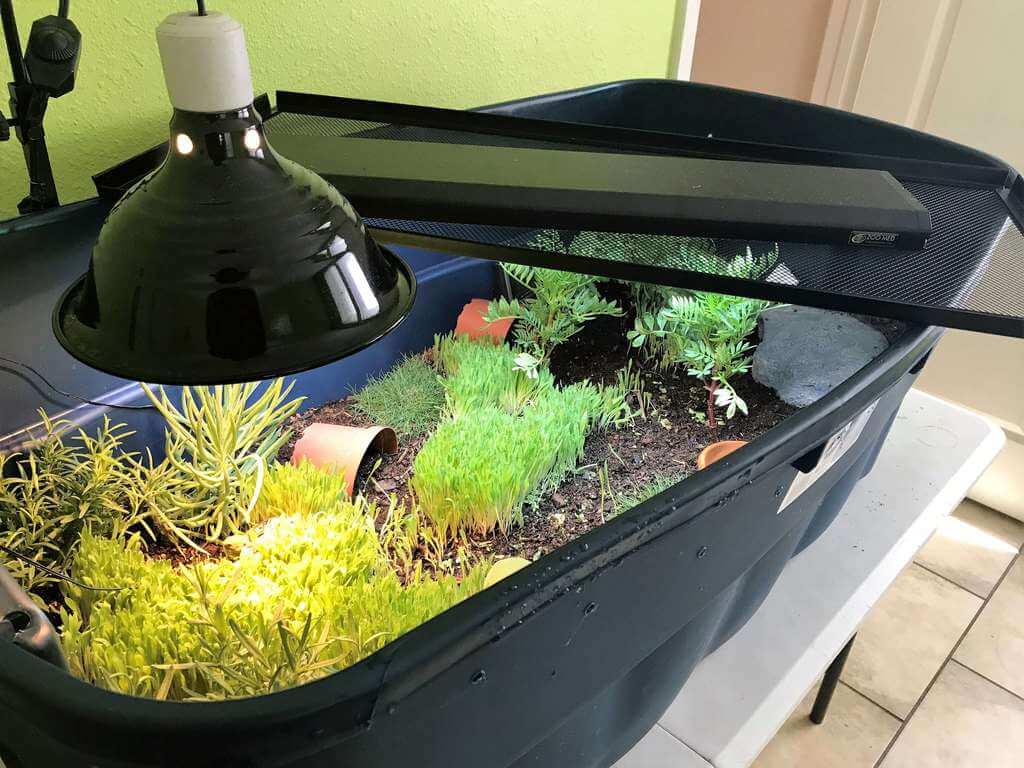
Once you are done with the decision of which cage to select, think about the heat supply. These little babies need less visibility and more warmth. There are two options for basking in the heat.
One is with the help of incandescent light, which will work as an artificial sun, and another one is through the belly heat – that will provide heat underneath the tortoise.
How to Make an Indoor Tortoise House?
There is a possibility that you won’t find a suitable house for the stroller at your place. But don’t worry, you can make it yourself. It will be cost-effective if you already have excessive material left after the last renovation at your place. Before moving on to the steps, gather the basic materials for the construction of the enclosure.
When making an indoor tortoise enclosure, you can also use a plastic container. Just make sure your indoor tortoise house is reflecting the essence of the outdoor.
Following are the easy steps that you need to follow for the perfect escape-free tortoise house:-
1. Cutting of Plywood
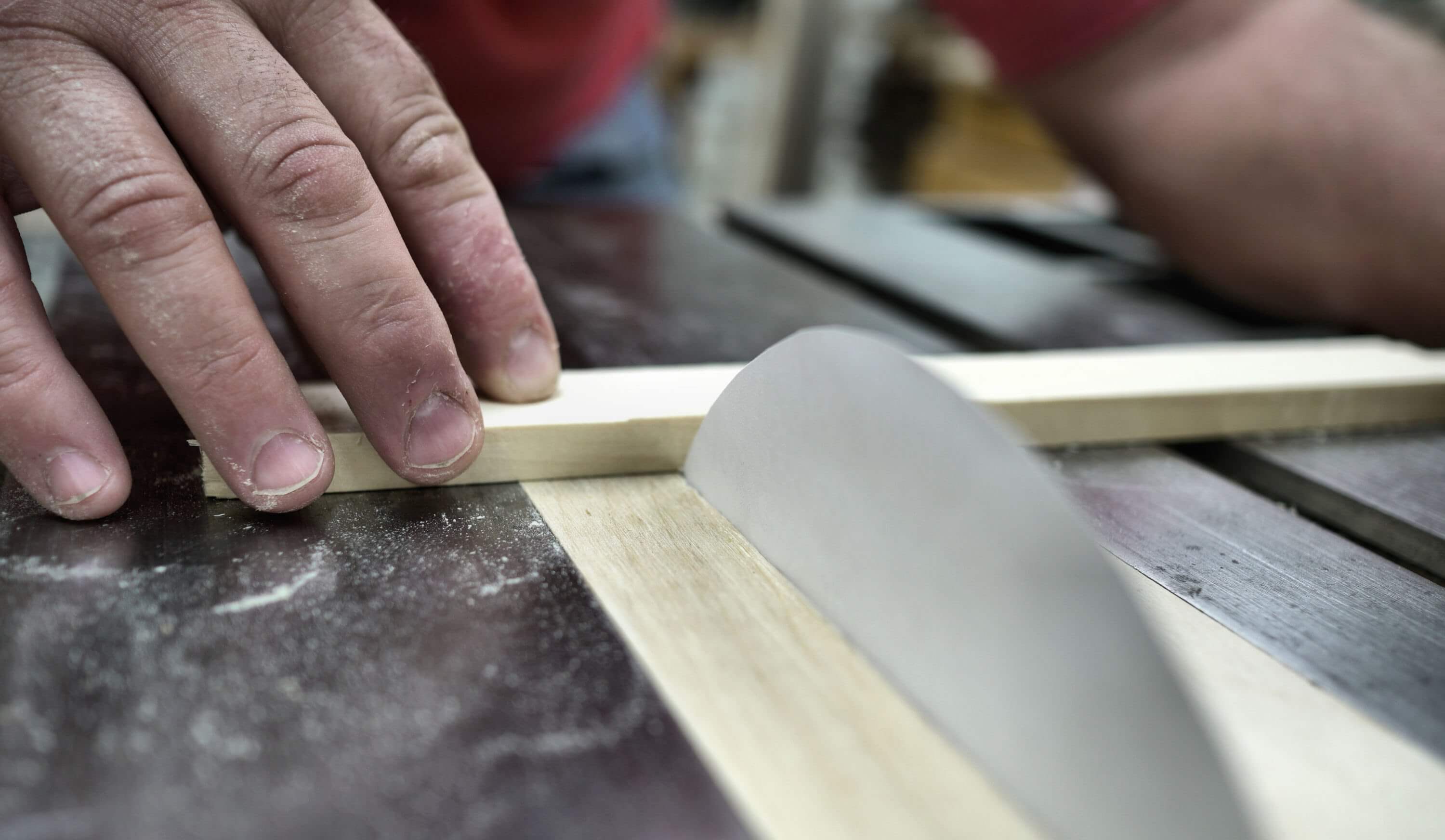
Get or cut the plywood according to the size of your tortoise. Make sure it isn’t too small or your escaper will escape. Keep it as tall as possible. Make the sides vertical without any slant. These will make your tortoise house escape-free.
2. Flooring with Linoleum Liner
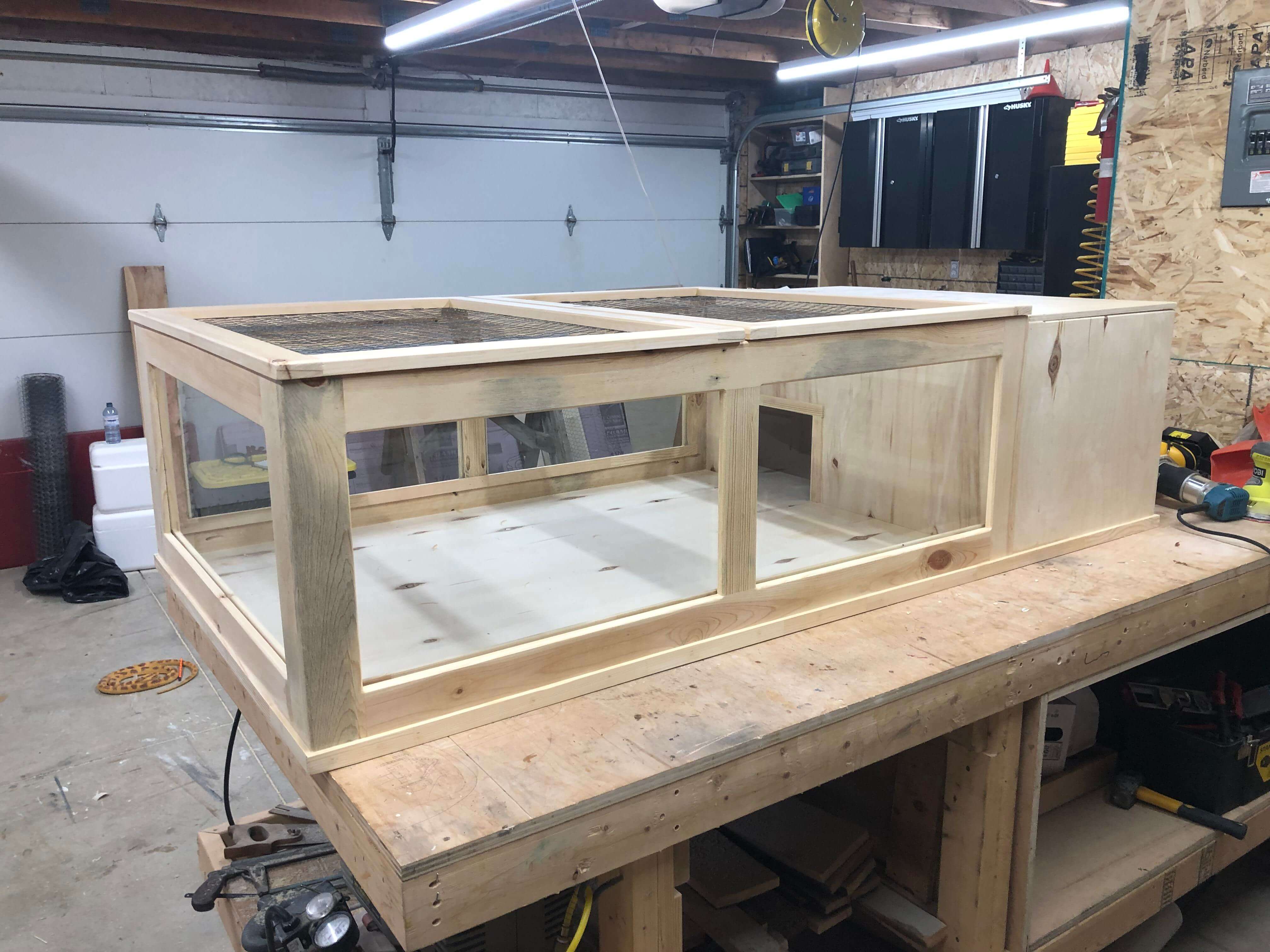
To create a harm-free flooring, add linoleum liner to the bottom. This way, it will be easy for you to keep the space neat and clean.
3. Add Substrate and Make a Place for Water
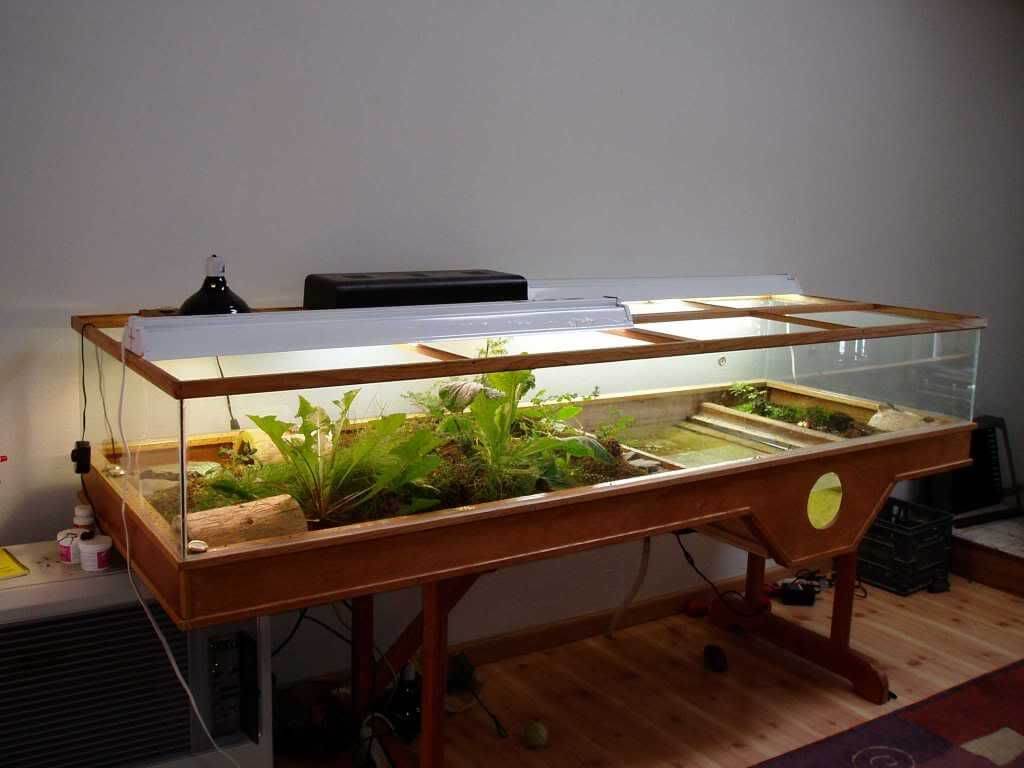
Keep the water dish in a particular space and fill the entire container with a substrate. The water dish shouldn’t be too hollow that your little one gets drowned. But it should have enough depth to get its upper shell wet. And substrate is a combination of sand and soil (in which 60 percent is soil, and 40 percent is sand) you can also add hay and mulches to it.
4. Build a Hiding Area
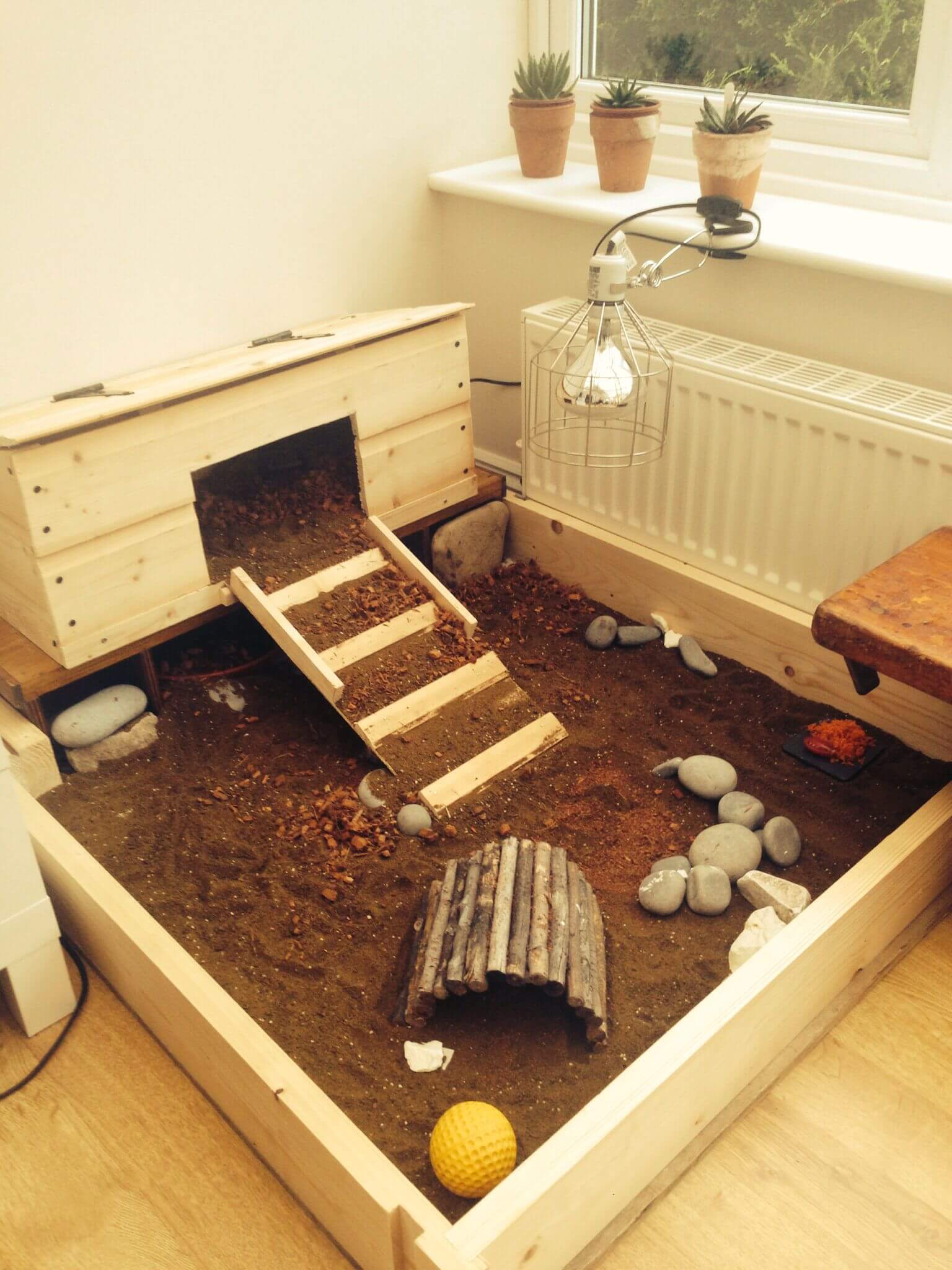
Tortoises are sensitive to exposure and being touched. They need more privacy (probably more than humans!). Build a small hiding area for it to slip in when needed. They have a habit of digging and escaping. And shading area will allow it to hide as well as an escape when they feel too hot.
5. Create a Basking Space
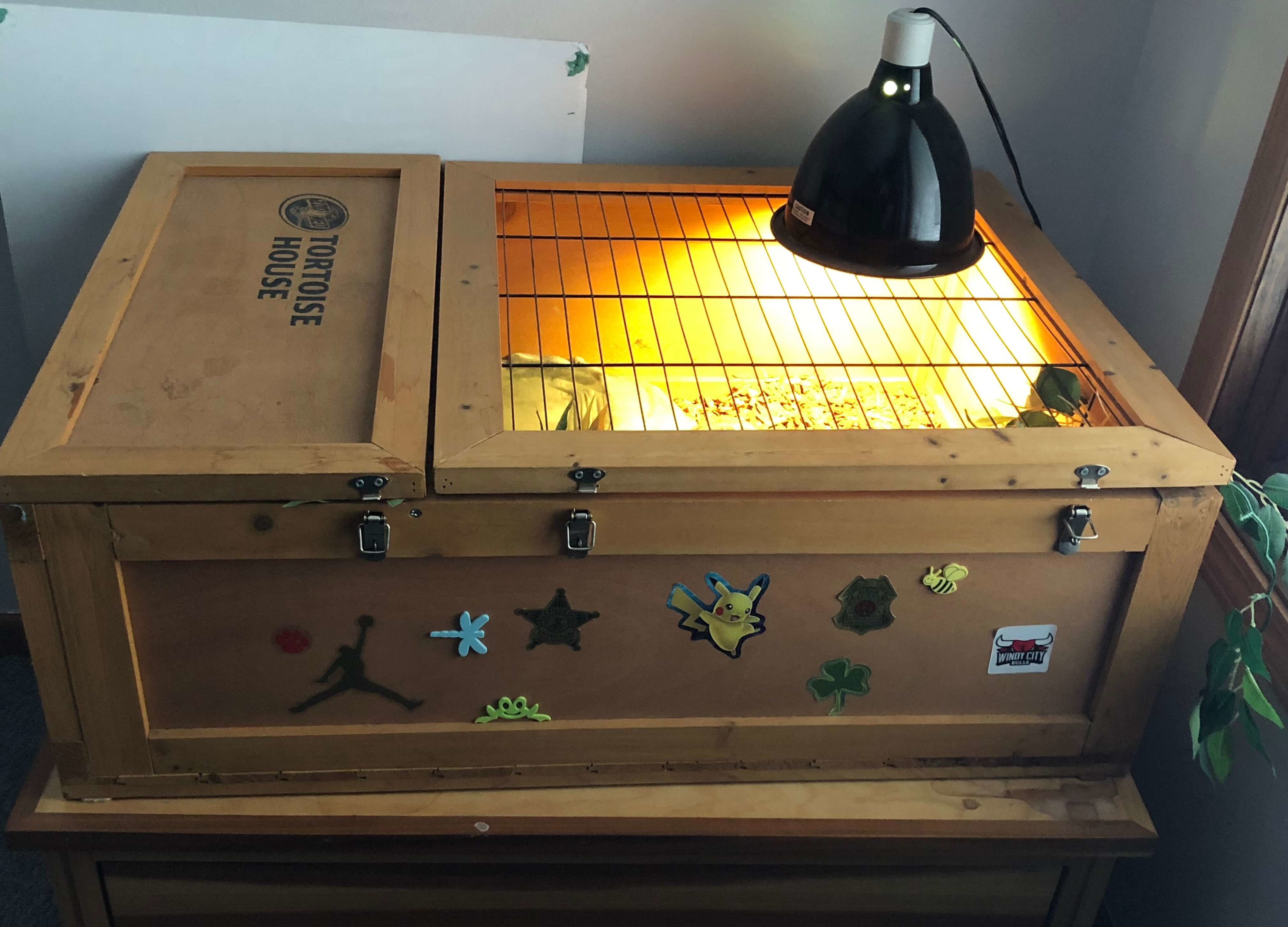
Heat is the most important factor for the survival of tortoise. Tortoise basks in sunlight to absorb and digest nutrients from the food. Ensure the place is lit up with the UVB bulb emitting at least 5 watts. The entire enclosure should be lightened up equally, for that keep the bulb at the center or get liner tube light of the same length as a cage.
Keep light on for 8 to 12 hours a day. They do like to stay in hot but can’t tolerate temperatures higher than 80-degree Fahrenheit. In that case, move the bulb above the encloser or get a mercury vapor bulb specially designed for reptiles that will provide both UVA and UVB lights.
6. Provide Enough Water and Food
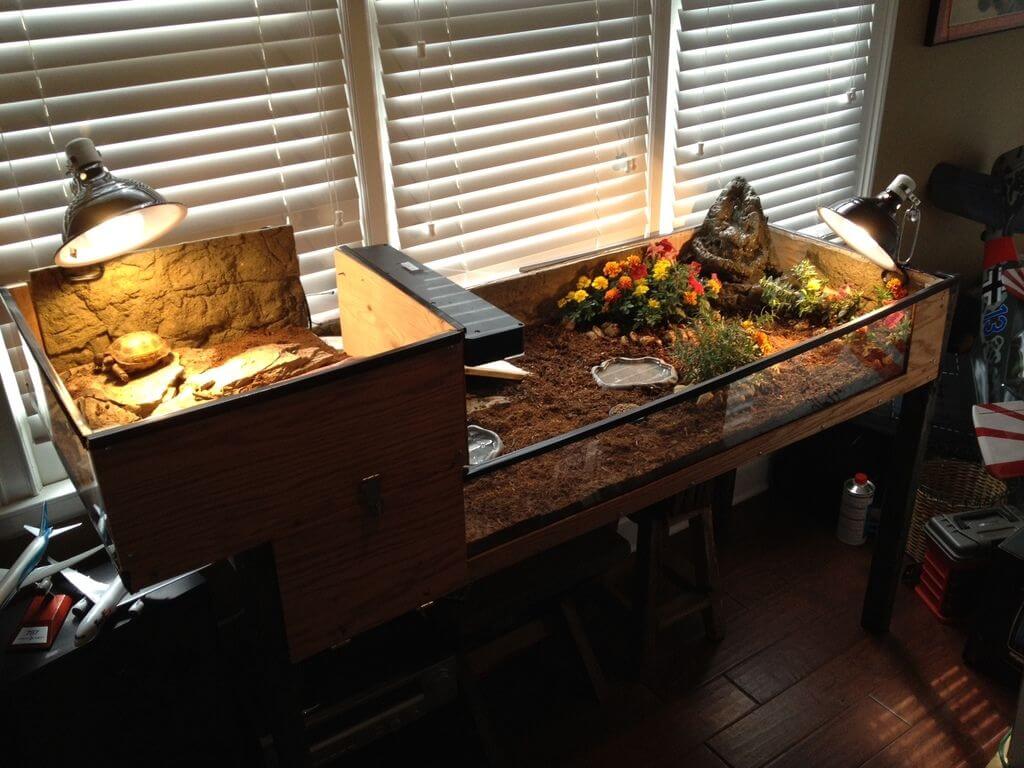
Like every pet, the tortoise also needs the proper amount of food and water. But the thing is they can’t digest meat and grains. Provide them with fresh vegetables to eat. And calcium and vitamin D3 are necessary to strengthen the tortoise’s shell, so give them powdered calcium and vitamin D3.
Freshwater is a must. Make sure to change the water every day in the water dish. And wash vegetables thoroughly before giving them to eat. (Don’t ever provide them with dog or cat food, it contains meat and grain.)
7. Keep Space Clean
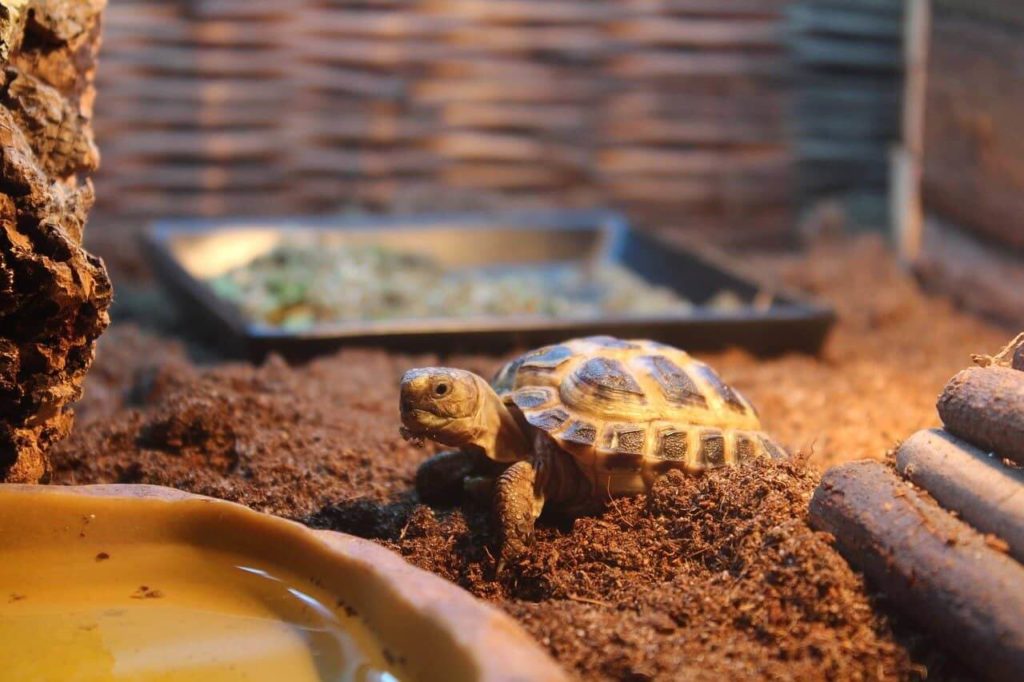
Clean the food tray and water dish on a daily basis. And change the substrate once a month, or when it seems to be over-filthy.
Here are some tips about how to take care of the baby turtle.
Be Cautious About Keeping Multiple Tortoises Together
When you keep multiple tortoises together, keep an eye on them as soon as you see them fighting, part them in different cages. Don’t ever keep two male adults together; they may fight over the territorial issues (yeah, just like humans! haha!). And the male to female ratio should also be maintained.
An Ideal Tortoise Enclosure for Your Little Friend:-
Tortoises are animals that don’t like to be handled (Strange, but true!). They are like introverted human beings; they need time to adjust to a new atmosphere. So carefully place them in their new tortoise house and give them space (around a few days) to settle in and be comfortable. Once they are comfortable, you can spend time with them as you used to.
Conclusion
Plus, now you know how to make an indoor tortoise house, too, customize it as you like. The only things that you have to keep in mind are the materials to use, proper heat supply, and which type of food to give. And you are good to go. Let’s get to work!
Explore More











